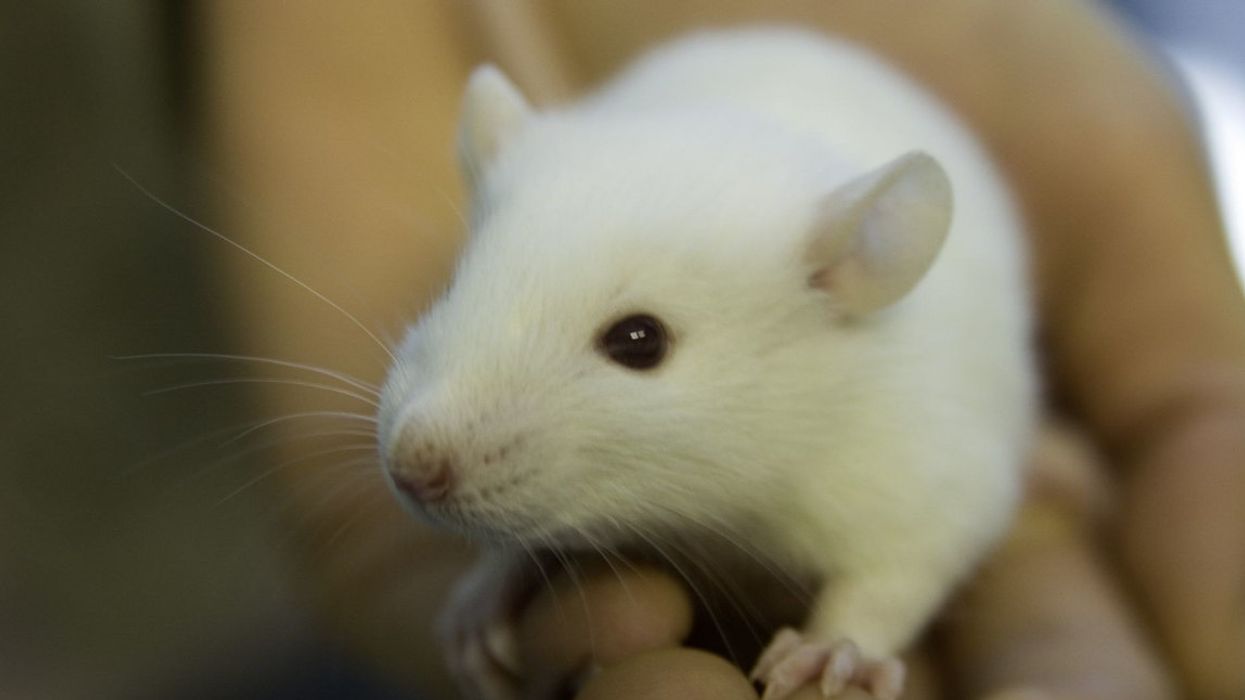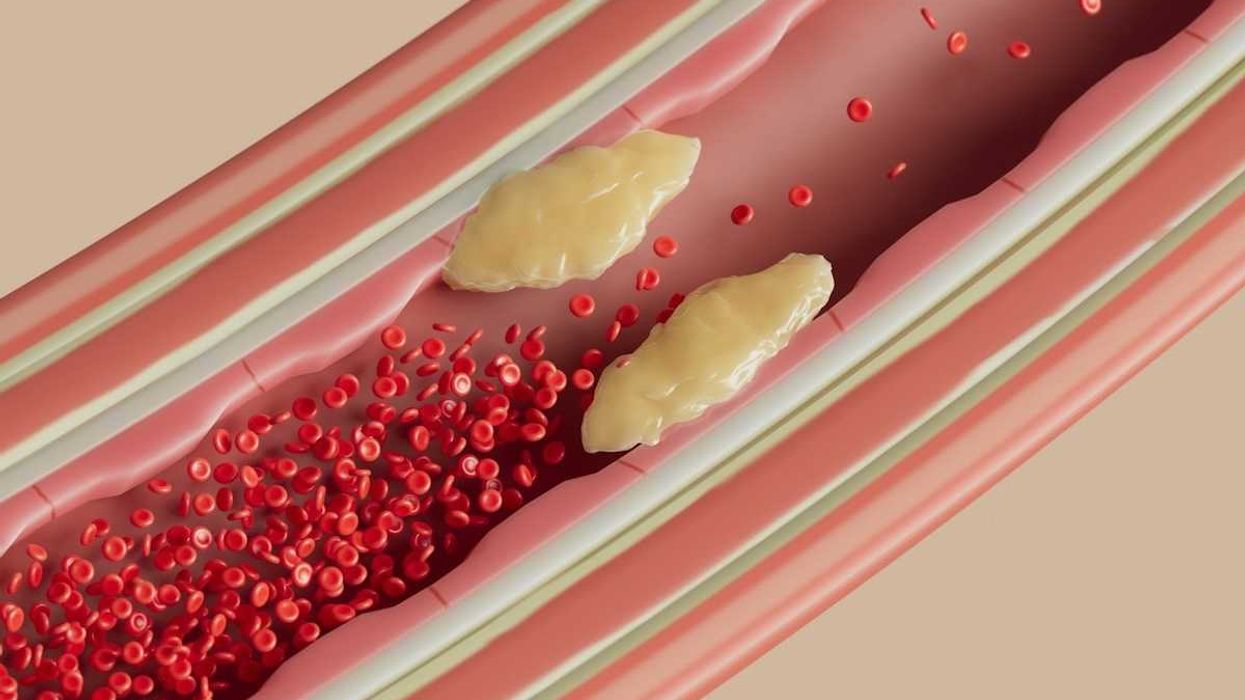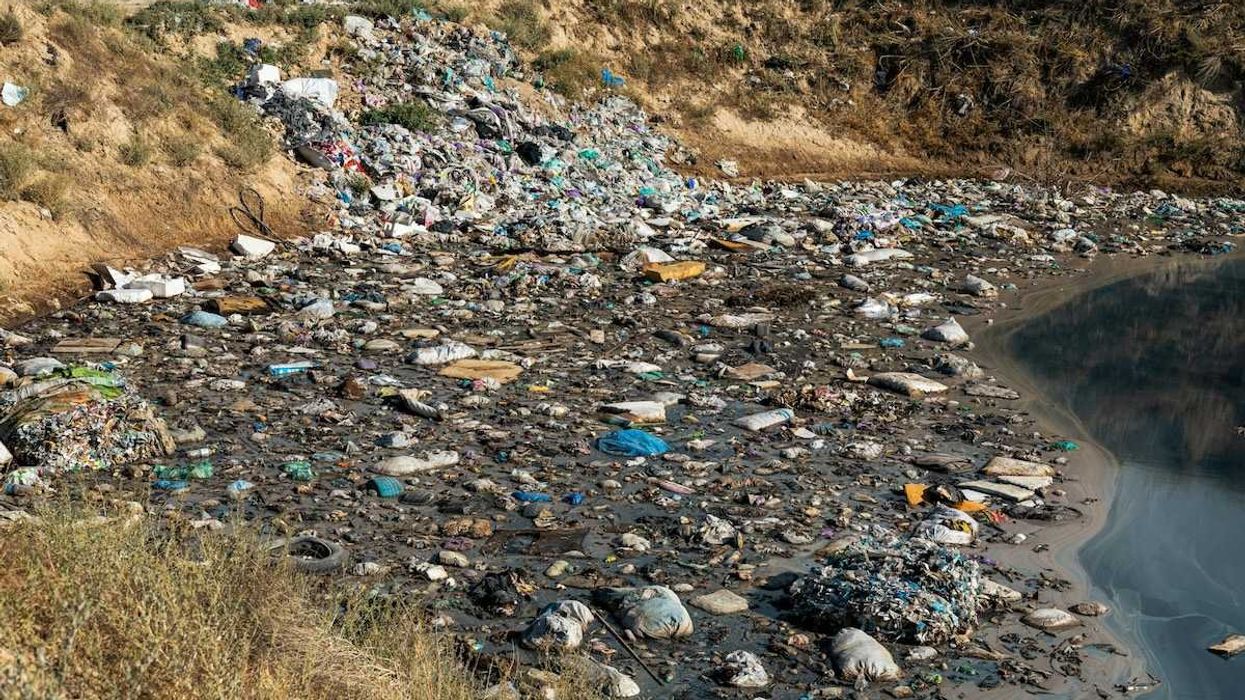As the U.S. Environmental Protection Agency moves to get rid of research and testing in mammals (rats and mice), we are concerned the environmental impacts on human health—especially our children—will become worse.
Last week, EPA Administrator Andrew Wheeler announced the EPA's commitment to "… reduce its requests for, and our funding of, mammal studies by 30 percent by 2025 and eliminate all mammal study requests and funding by 2035."
Moreover, Administrator Wheeler charged his senior leadership team to develop a plan that "…will identify tangible steps to ensure that the agency's regulatory, compliance and enforcement activities, including chemical and pesticide approvals and agency research, remain fully protective of human health and the environment while pursing these reduction goals."
As research scientists who study the effects of chemicals on development in rodents (rats and mice), we applaud the Administrator for committing the Agency to streamlining toxicity testing and reducing animal testing.
However, two scientific realities must be addressed:
- Chemical testing by the EPA and other regulatory agencies must be improved.
- Cell- and computer-based approaches cannot reproduce effects that occur in the whole animal, especially during development.
Current testing inadequate
How do we know that current testing for chemical safety not health protective?
First, chronic diseases are at a record high in the U.S. and elsewhere. Today, nearly 20 percent (one in six) of America's children are diagnosed with a developmental disorder including ADHD, autism, and other learning disabilities.
A group of scientific and medical exerts organized under the banner of "Project TENDR" (Targeting Environmental Neuro-Developmental Risks) have published a call to reduce chemical exposures to pregnant women and children because strong evidence supports a link between environmental chemicals and developmental disorders.
Other medical and health-related organizations have published similar statements including the Endocrine Society, the American College of Obstetricians and Gynecologists, the American Academy of Pediatrics, and the World Health Organization.
Second, many experimental studies show that chemicals approved as safe have harmful effects in human and animal studies. A failure to recognize the fact that chemical exposures are contributing to chronic diseases, with an accompanying increase in health care expenditures, is a failure to recognize the role that EPA must play in today's society.
Waiting for "proof" that our children are being harmed is not consistent with the mission of the EPA or with what we should consider ethical. In the absence of this explicit recognition, the Administrator is proposing to reduce animal testing without prioritizing human health protection.
The need to reverse current logic

EPA Administrator Andrew Wheeler. (Credit: USDA)
New technologies can reduce animal testing and save time and money in screening chemicals. But unless the Agency changes the way it evaluates the effects of chemicals on health, a shift away from animal testing will reduce an already inadequate protection for human health.
These "new approach methodologies" using cell-based tests cannot reproduce a whole-animal system, and this is especially true during development.
The processes by which a single cell becomes a human being are not fully understood. If we don't understand development or adult physiology, we simply cannot know that a specific cell-based test—or even multiple tests—is informative enough to predict risk.
The Agency could, however, change the way the EPA regulates chemicals to utilize these new methodologies.
To estimate "risk" currently, agencies like the EPA work to determine which harmful effects occur in exposed animals. To move toward the animal-free screening tests that are available, and develop new ones, the Agency would have to reverse the logic it uses to evaluate risk.
Instead of requiring overt evidence that a chemical causes harm in animals or people, they could use the results from cell-based tests to identify chemicals that interact with biological systems.
Because there would be no information about how these cell-based tests quantitatively relate to humans, they would have to move to a "hazard-based" approach.
This final point requires some explanation: Regulatory agencies in the U.S. adopt the perspective that all chemicals are hazardous. It is only the "dose that makes the poison". This concept sets up a seductive false equivalency between water and chemicals like bisphenol-A (BPA).
It is true that both water and BPA can kill you. But a lack of water will kill you too, while a lack of BPA will certainly not. Moreover, because BPA can interfere with hormones both during development and in adulthood, the hazard of BPA is very different from that of water.
With current approaches, because the EPA considers all chemicals hazardous, they don't need to identify the hazard, just the "dose" that represents a "risk".
However, these new cell- and computer-based approaches to test chemicals cannot be interpreted to reflect human sensitivity to a hazard. To use them appropriately, the Agency would have to make regulatory decisions independent of the "dose-response"—a so-called "hazard-based" approach.
The Administrator's commitment to eliminate the use of animals in EPA-supported research and chemical safety approval lacks a fundamental appreciation of the complexity of mammalian biology and the current impacts of chemical exposures on public health today.
It also neglects to acknowledge the inherent weaknesses of the so-called new approaches.
We sincerely hope EPA reverses their position on animal studies and reexamines their logic in evaluating chemical safety.
Laura Vandenberg is an Associate Professor in the Department of Environmental Health Sciences, School of Public Health and Health Sciences, University of Massachusetts Amherst. Tom Zoeller is a Professor in the Department of Biology, College of Natural Science, University of Massachusetts Amherst.

















